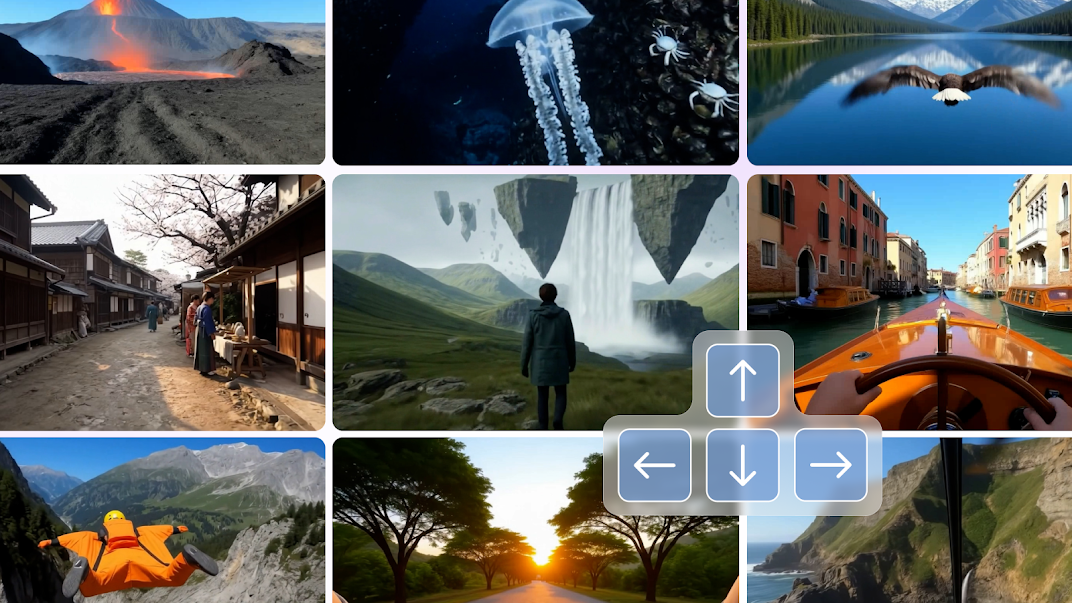DeepMind’s Next-Gen AI Simulation Platform: Interactive Environment Generator Revealed

Revolutionizing Simulation: Google DeepMind’s Next-Gen Interactive Environment Generator
Google DeepMind has introduced a cutting-edge advancement in AI-driven simulation technology that redefines the creation and exploration of digital environments. This new model dramatically surpasses its predecessor in both visual clarity and duration of interaction, enabling users to navigate richly detailed virtual worlds for extended periods with enhanced realism and responsiveness.
Where the previous version delivered brief, lower-resolution experiences, this iteration scales up the visual fidelity to high definition and lengthens the possible exploration window from mere seconds to multiple minutes. Such improvements mark a substantial leap in immersive experience quality, fostering continuity in environmental details and a more coherent interaction framework.
One of the standout features of this latest development lies in its capacity to maintain environmental changes over time. Actions taken within these simulations—such as marking or modifying surfaces—are persistently tracked so that when an observer looks away and then returns, those alterations remain accurately represented. This consistency in the state of the virtual world addresses a vital aspect of realism that was limited in earlier models.
Deepening AI Capability Through Robust Simulated Worlds
The driving purpose behind this technology transcends entertainment; it serves as an essential platform for training artificial intelligence systems. By providing AI agents with dynamic, interactive environments that closely mimic real-world properties, the technology allows for more effective learning and adaptation. These AI entities can experiment, react, and refine their behaviors safely within these richly constructed digital realms before applying learned skills in actual physical settings.
This approach not only accelerates how machines understand complex scenarios but also opens avenues for developing versatile agents capable of handling diverse tasks ranging from robotics to strategic decision-making. The sophistication of this model's world-building capability paves the way for continuous learning via an almost limitless variety of environments, which is crucial in the broader ambition to advance towards general intelligence in machines.
Commercial and Creative Horizons Expand with Enhanced Virtual Worlds
Beyond AI research, the enhancement in simulation quality presents significant opportunities for the gaming and entertainment industries. The ability to generate expansive, visually impressive, and stable interactive environments promises to transform game development and user experience. Industry stakeholders are recognizing the potential of such technology to spawn innovative content and immersive storytelling.
Notably, global gaming companies have already expressed confidence in the commercial viability and creative possibilities afforded by these advancements. By integrating such sophisticated generative systems into their content pipelines, developers can streamline design workflows, reduce production costs, and potentially introduce entirely new genres of interactive experiences.
In summary, this breakthrough represents a pivotal milestone in the evolution of simulated environments within artificial intelligence research and their crossover into mainstream entertainment. Its blend of enhanced visual fidelity, extended usable interaction time, and environmental stability marks it as a foundational tool for future AI applications and immersive media development.
